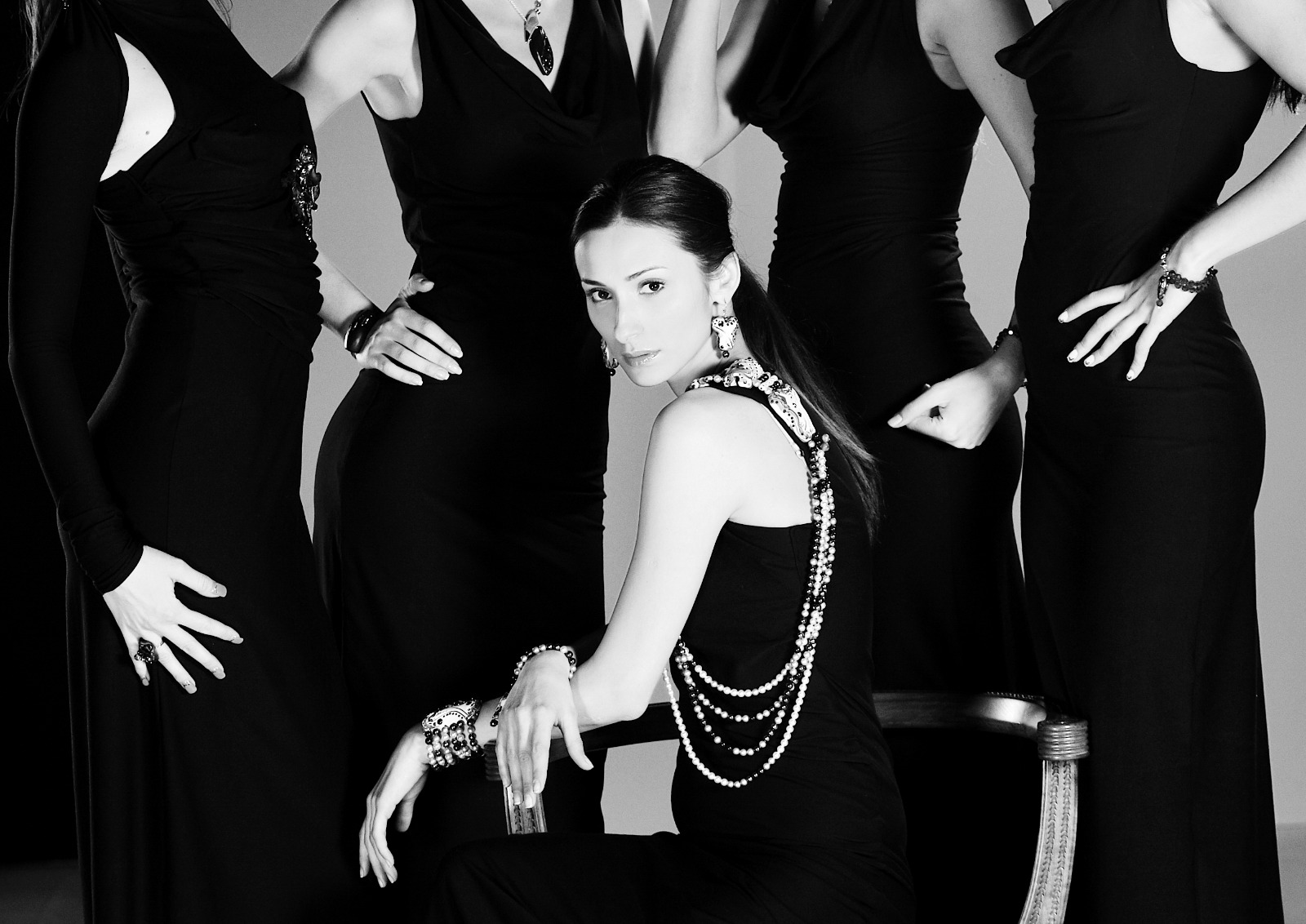From Louis XIV to the dictatorship of trends: fashion, design and business
Once upon a time…
Everything started in Paris with Worth[1], who was considered the first creator of a fashion brand and the fusion of design with business. Worth designed dresses for Eugenia of Montijo, wife of Napolean III, who was considered along with Marie Antoinette one of the first celebrities of history. In fact, this same author indicates, quoting the anthropologist Remaury, that the Anglosaxon term “fashion” comes from the French “façon” which means to work in a determined way. In French, it is called “Travaux á façon” in dressmaking (Tungate, 2008).

Previously, in the period between 1660 and 1715, the court of Louis XIV boosted a new spirit that became the pivotal point in style, design and luxury articles as we know them today. In this way, France laid the groundwork in the fashion market and institutions appeared along with value and articles that radically changed the focus of consumerism. Louis XIV was a true visionary of the relevance of the fashion market[2]. Because, although today everyone talks about fashion (Amor, 2013; Dejean, 2008), France knew from the beginning that to commercialise it, it had had to be announced and introduced. And although the media of this commercialisation have varied with the changing times, the necessity was present from the start. Therefore, the distinct courts became the showcases of fashion.
First…
Until the arrival of Frederick Worth, the clientele were who set the rules of the game. Worth wore and behaved like a true artist. He was the one who gave life to the figure of the designer, as they are known today. He was also the first, literally, who sat down with his clients and offered them a catwalk of his collection, giving way to the models known as “sosias” or “doubles”. He attempted to have the most influential women of the age among his clients to expand the reach of his designs to the court, although afterwards they disrespectfully called them “jogpers”. Definitely, he planted the seeds of the elements used in fashion marketing today: catwalks, influencers (famous women used as models), elitism and a charismatic spokesperson for the brand. He established a model for the rest of the profession to follow (Tungate, 2008).
Other designers (Poiret[3], Chanel[4] Dior[5]) also revolutionised the daily life of women. Among the emblematic designers in the history of fashion in the 20th century, the spotlight was on Pierre Cardín[6], his vision of the brand being more important than the design is a key milestone in understanding the role of the designer in the current market. Cardín stated “my name is more important than myself”. In the work of Teri Agin “The End of Fashion”, Henri Berghauer comments “Pierre realised early on that he would rather be known as a brand than a designer” in Tungate (2007, p.30). He made himself a master in the sale of licences to everyone who was willing to stock his name. In reality, these licences generate so much profit annually, he is able to refuse offers to buy the brand.
Another notable figure is Ralph Lauren[7]. His role in the history of fashion will be remembered as introducing the concept of “merchandising as a lifestyle”; “he used to design his spaces as if they were from an equestrian club, with mahogany panels and brass details. He awoke in people every type of desire and dreams of prestige, wealth and exotic adventures, shared by all with ambitions” (Tungate, 2008). It was the perfect brand for the decade of the 80s, when one’s lifestyle was more important than fashion itself.
Don´t miss our next post!
We are consultants and fashion producers!
Call us and discover our strategy for your brand!
Juan Borges [email protected] +353 86 833 90 70 +34 680 222 531
[1] Born in Bourne, Lincolnshire, England, on 12th October 1825 and died in Paris on 10th March (Triangulomag, 2013).
[2] The 27 countries of the European Union generate 350,000 million dollars annually to the sector (311,951 million euro), above countries like the United States or China, according to a report produced by Statista (2014). Globally, fashion retailing produces 1.1 billion dollars annually (0.9 billion euro) (ISEM/ACME, 2016, p. 9). In Spain, this market has surpassed 2.8% of GDP in 2015 and 4.3% of employment according to the Economic Report of Business in Fashion in Spain 2015, produced by Modaes.es in collaboration with the Centre of Textile and Confection Information (CITYC) and the support of Amazon.
[3] Born in Paris on 8th April 1879 and died in the same city in 1944 (Buxbaum, 2007,p. 21; Enciclopedia Universal Micronet, 2011b).
[4] Born on 19th August 1883 in Saumur, France and died in Paris on 10th January 1971 (Buxbaum, 2007, p. 27; Enciclopedia Universal Micronet, 2011a).
[5] Born in Granville, Normandy in 1905 and died in Montecantini, Italy in 1957 (Buxbaum, 2007, p. 62)
[6] Born in San Biagio di Callata, Italy on 2nd July 1922, currently 93 years old (2016). Of Italian parents, he moved to Paris in 1945.
[7] Born on 14th October 1939 in the Bronx, New York, his real name is Ralph Lifshitz. He was a son of Jewish immigrants.

